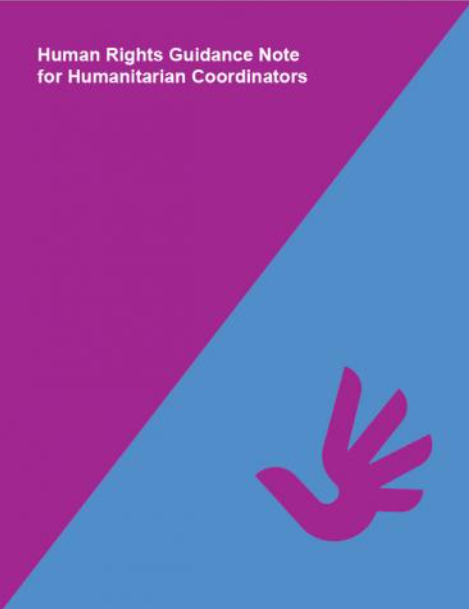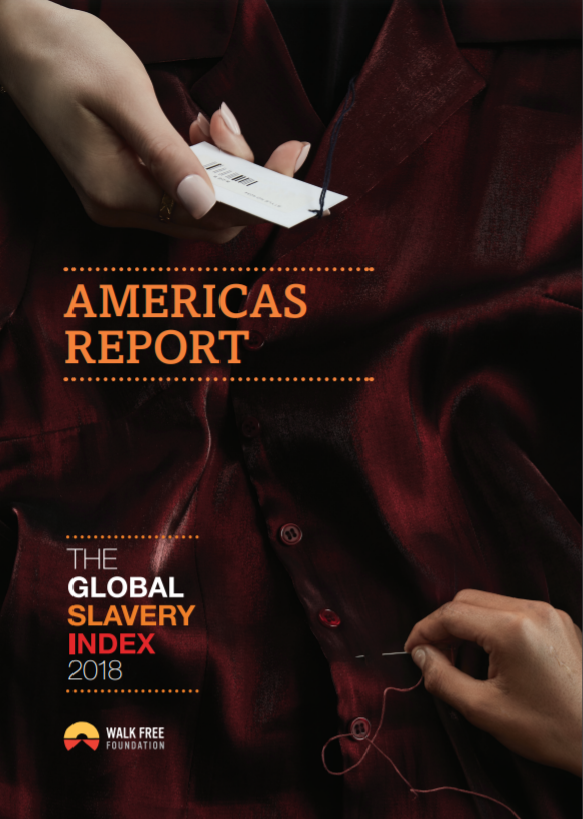COVID-19 Impact on Trafficking in Persons - A Protection, Gender & Inclusion (PGI) Factsheet

This factsheet is intended as a quick reference tool to support National Societies to consider how the Covid-19 global pandemic may place communities at increased risk of trafficking, how it may impact trafficked persons and provide advice on practical actions that can be taken to respond and mitigate risks.
Country
Worldwide
Region
Worldwide
Year
2020
Topics
Category






